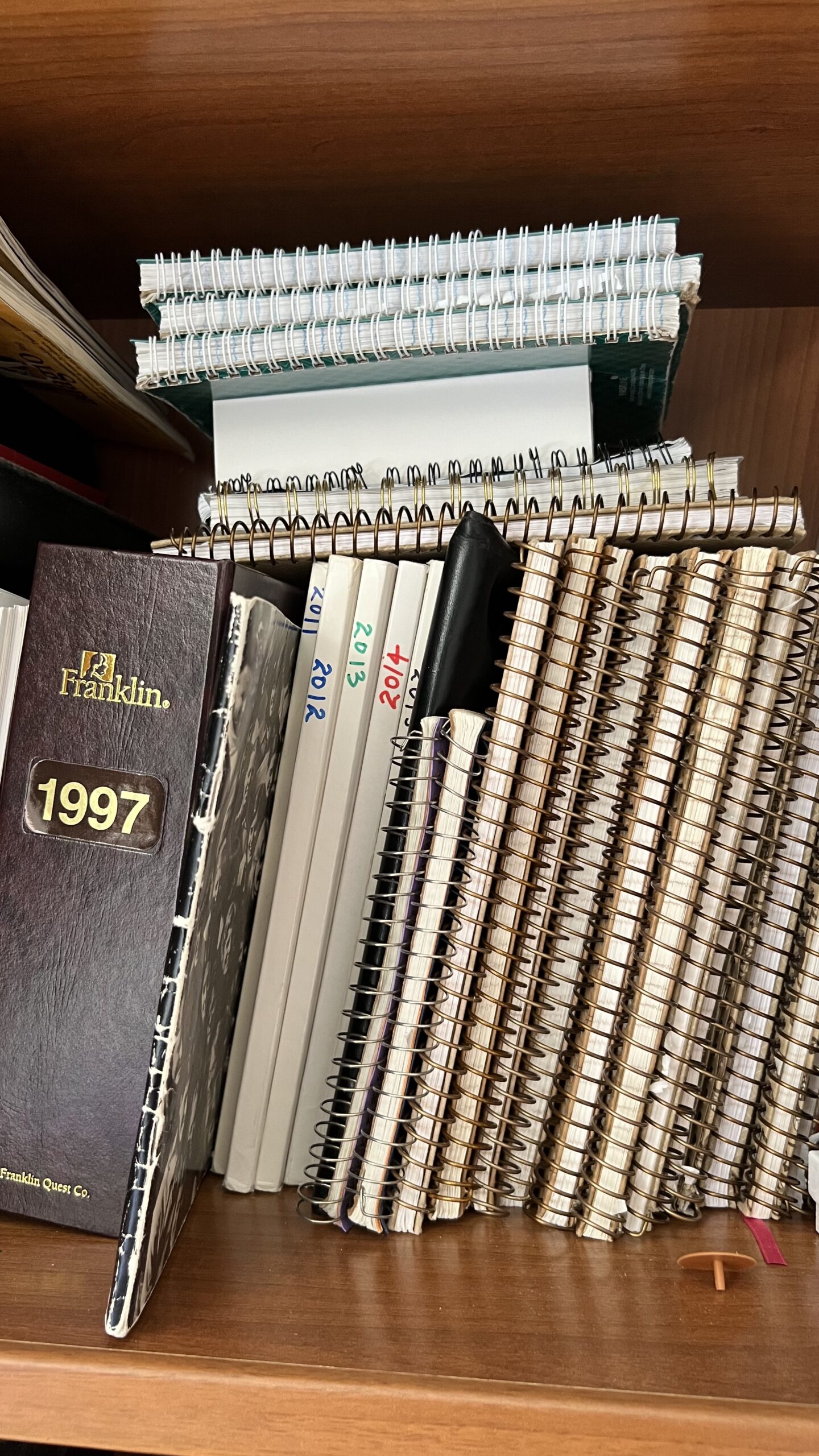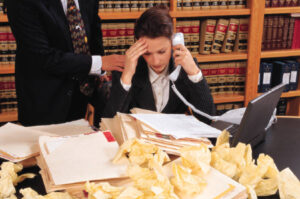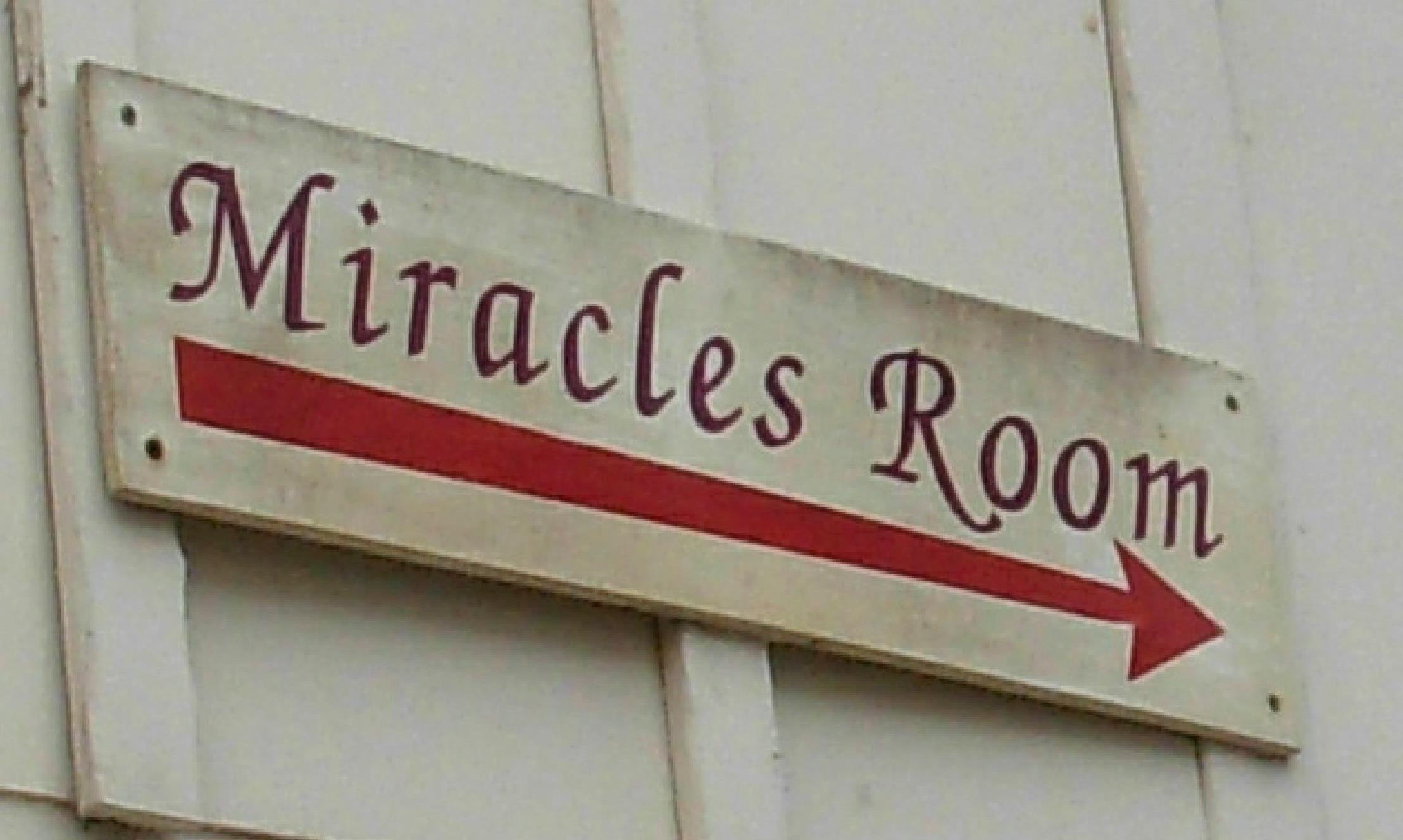Recently, I had an opportunity to simplify a few things in my own life. With a volunteer term completed, I transitioned responsibilities over to my successor. Although still in a related volunteer role, I was relieved of a handful of duties. My calendar was emptier and my time freer. That’s when I realized that to simplify is more than simply shedding or trying to minimize the stuff in our lives. It is also a key step in getting and staying organized.
The Difference: Simplifying vs Shedding
In the world of professional organizers, shedding usually means releasing or letting go. Just like male deer shed their antlers before the winter, and make room for a stronger rack to replace it, so do we shed items that no longer serve us. We let go of things we don’t use, like or need. Or sometimes to make room for something better.
Simplifying on the other hand, is more about making things easier. Processes get simplified to with less steps to make them easier, more manageable or shorter.
I once had a client who needed support decluttering and setting up an office after a move. In that process we also simplified the space and workflow so that everything the client needed to work with on a day-to-day basis was within arms reach, or certainly a short swivel chair swing (technical, organizer term “chair swing”) of her work space.
What About Minimalism?
Minimalism on the other hand, is about shedding a lot of things. It really answers the questions “how much can I do without?” or “how can I so more with as little as possible?”. Not everyone is happy to even attempt minimalist thinking or living.
Behind the Scenes
While it is true, having completed my volunteer position term, I was shedding duties and handing them to my successor. And that felt like simplifying things.
However, I had also been reviewing digital files and moving some to our shared online filing cabinet. While shedding the files in one part of the digital world, I was streamlining in another part.
The great part about shedding is it leaves space of new things. I now had time and space in my calendar and business life to refocus back to this blog, my newsletter and having some fun on social media.
Shedding, Simplifying and Organizing
It takes all three to get and stay organized. Try these tips to get you started:
- Start with shedding. Be the deer in late fall and shed what no longer serves you, what will hinder your progress in your goals or what you no longer use.
- Once the shedding is done, how can your work flow or processes be simplified? How can steps be reduced to accomplish the same goal. For one client, I simply mounted 2 removable hooks on the wall beside the outside door of the kitchen. One was for her daughter’s lunch bag the other was for the coat. These hooks completely simplified the “what to do with the lunch box/coat” after school. She would simply move the hook up as her daughter grew.
- Finally, ensure that each item has a home. This home needs to be easy to access (retrieval) to easy to put the item back (storage). When storage and retrieval are easy, you’ve likely simplified and will be able to stay organized.






 Think your office might be seriously disorganized?
Think your office might be seriously disorganized?














